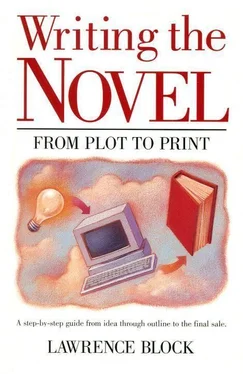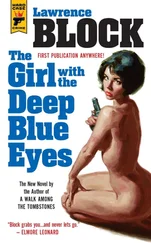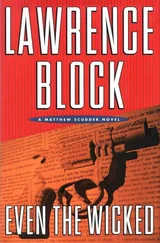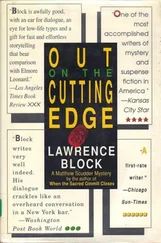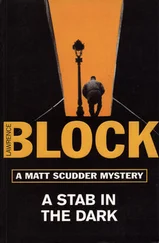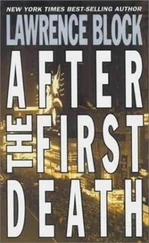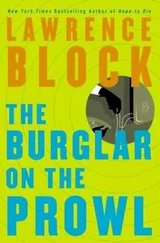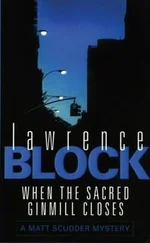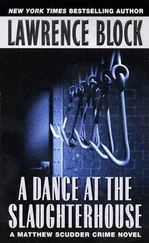When I finish a book nowadays, I take good care of myself. For a couple of weeks I take plenty of time off. I read fiction — something I often can’t do while I’m writing it. I take long exploratory walks, recharging my batteries for the next book. I buy myself a present. If I can afford it, I try to get away for a week.
During this period, I recognize my own emotional frailty. I’ve learned not to be surprised if my eyes begin to tear while I’m watching reruns of the Mary Tyler Moore show, I make it a point to eat properly, to get plenty of exercise, to keep reasonably regular hours. Sometimes I even try fasting for a few days.
Before very long, my mind begins to remember that I’m a writer. It starts sending up signals, playing games of What If? knitting little plot fragments like a subtle wife turning out tiny garments. I can’t avoid knowing that, to strain the metaphor, the honeymoon is over. It’s time to get back to work on the next one.
You write the second book the same way you wrote the first one — hatching an idea, shaping it into a plot, outlining or not outlining as you prefer, and turning out the book itself one day at a time. In a sense, every novel’s a first novel — because you haven’t written it before. You’ll be ever so much more at ease the second time around, and you’ll probably display considerable technical proficiency compared to your maiden effort, but that doesn’t mean it’s going to be a piece of cake. Listen, it’s never a piece of cake. No matter how many books you’ve done.
Should your second book be similar in type to your first? Having written Trefillian House, would you be wise to embark on another gothic while Ms. Wimpole’s reading your first one?
That’s your decision to make. And it’s possible your unconscious mind will make it for you. After I wrote my first novel, years passed before I was to write another lesbian novel — not because I wouldn’t have been delighted to do so, but because my mind didn’t produce any ideas in that vein. If I hadn’t been so goddam young and stupid I might have cudgeled it some, but I guess I just figured I’d exhausted the subject and ought to go on to other things — which may have been the right decision for me at the time.
You may find that Trefillian House was your ultimate statement in the world of gothic novels. Or you may decide that you’re simply ready for something else; while you had fun writing the book, you now regard it as a warm-up exercise for something more ambitious and artistically satisfying. On the other hand, you may have found your metier, and your mind may be teeming with ways to write the same book different — and better this time around.
Remember that the choice is yours, and that it doesn’t involve signing any long-term contracts. You can try something else with your second book, then return to gothics at a later date. Conversely, you can write a second gothic without typing yourself irreversibly as a writer of gothics and nothing else. Your second book is just a second book. It’s not a career.
Even if you do write a second gothic, it’s not too likely that we’ll be seeing more of Trefillian House’s young widow. Gothic novels don’t run to series heroines. Their lead characters are generally well supplied with house and husband by the time the book is over.
Series characters, however, are frequently met with in some other fiction categories — suspense novels, first and foremost, but westerns and science-fiction novels as well.
I’ve worked with three series characters over the years — Evan Tanner, Matt Scudder and Bernie Rhodenbarr. Obviously, I enjoy doing this sort of thing, developing a character over several books, learning more about him as he makes his way through plot after plot. When I get hold of a character who really engages me, I’m loathe to let go of him.
Should your second novel feature the same character as your first? Again, that’s up to you. If you find that the lead of your first book has a sufficiently strong hold upon your imagination so that you want to write a second book about him, by all means go ahead and do it. Bear in mind, though, that you can always write your second book about some other character and come back to the first one in a later book. You may want a change of pace.
It’s important, if you do embark on a series, that you not presuppose the reader’s acquaintance with any previous books. Your second novel — indeed, each of your series novels — ought to be complete in and of itself. You’re writing a second book about a particular character, not Volume Two of a trilogy; the reader shouldn’t have to have read your first book in order to appreciate your second.
At the same time, there shouldn’t be so much duplication in the second book that someone who has read the first will be bored. Don’t worry overmuch about this last, however. It’s been my observation that the sort of reader who likes series books doesn’t mind being reminded of certain things. The sense of the familiar evidently appeals to him; he gets the feeling that he’s an insider, already acquainted with characters who must be described for noninsiders.
One problem with a series is that you have to remember who’s who and what’s what. The same readers who most enjoy series novels are most insistent that the writer avoid inconsistencies. It may be no particular problem remembering that your lead has blue eyes, but what color are his girlfriend’s? And where did I mention the names and ages of Scudder’s kids?
Arthur Maling has a particular dilemma along these lines, and one that serves to illustrate just how complicated the business of series novels can be:
The Price, Potter and Petacque books have given me particular problems. Instead of having just one series character, I have a cast of fifteen or sixteen major and minor characters that move from book to book — Brock Potter and everyone in the company — and I have a hell of a time remembering the color of everyone’s eyes, the names and ages of everyone’s kids, etc. A fellow mystery writer and friend of mine, James McClure, made a chart for me, listing all the Price, Potter and Petacque characters and their relationships, and it’s been helpful; but I keep forgetting to enter the pertinent details, which means that I frequently have to dig through several finished books or a couple of hundred pages of manuscript to find what I said about one or another of the characters a year or two or four previously.
A problem with a series, albeit one you’re not terribly likely to face in the second book, is boredom. Most series writers run into this sooner or later. Dorothy Sayers is supposed to have told Agatha Christie how sick and tired she was of writing about Lord Peter Wimsey; Christie in turn confessed to a deep-seated desire to kill off Hercule Poirot, and proved it by doing precisely that in the “final” Poirot novel, written in the forties and not published until after the author’s own death.
I stopped writing the Tanner series not because I grew tired of the character but because the books themselves seemed to have a deadening sameness about them. It seemed to me that Tanner kept going to the same kinds of places, meeting the same sorts of people, having the same kinds of conversations, and dealing with the same kinds of plot problems. I’ve since come to realize that there’s nothing necessarily wrong with that. My awareness of this sameness was inevitably more acute than a reader’s would be, since I was spending a couple of months writing something he would read in as many hours. Besides, readers want a series book to be pretty much like the last one; if they hadn’t liked the last one in the first place they wouldn’t have bought the second, or the third, or the fortieth.
Читать дальше
